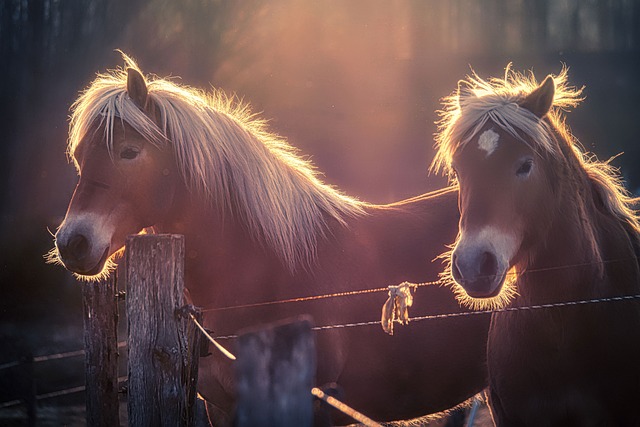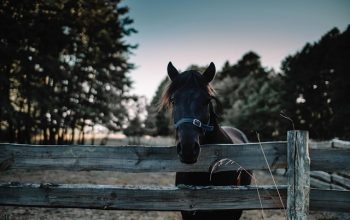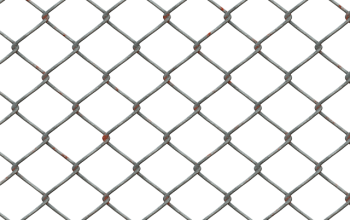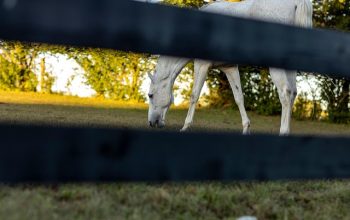In rural Ontario, defining property lines with robust farm fences is crucial for maintaining clear boundaries, protecting rights, and facilitating efficient land management. Traditional options like post-and-rail and wooden board fences blend with the natural landscape, while modern innovations offer durability, aesthetics, and environmental sustainability. Installation requires consideration of local regulations and environmental factors to balance agricultural needs with conservation efforts.
In Ontario’s rural landscapes, defining property lines is crucial for land management and neighbors’ harmony. This article explores various fencing options tailored to the unique needs of rural properties. From traditional farm fences that blend functionality with aesthetics to modern innovations offering enhanced durability, we delve into effective boundary marking solutions. Additionally, environmental considerations and local regulations are discussed, ensuring readers make informed decisions about their ideal farm fence while adhering to legal boundaries.
- Understanding the Importance of Property Boundary Marking in Ontario's Rural Areas
- Traditional Farm Fence Options for Effective Property Definition
- Modern Innovations in Rural Fencing: Durability and Aesthetics
- Environmental Considerations and Regulations for Farm Fences in Ontario
Understanding the Importance of Property Boundary Marking in Ontario's Rural Areas
In rural Ontario, accurately defining property lines is crucial for maintaining clear boundaries and avoiding disputes among neighbors. Property boundary marking serves as a visual reminder of individual land ownership, ensuring that farm fences align with legal limits. This is especially important in vast agricultural landscapes where fields and woodlands blend together, making it easy for lines to get obscured over time.
Marking property boundaries with robust and durable farm fences not only protects one’s rights but also facilitates efficient land management. Clear boundaries enable farmers and landowners to maintain exclusive control over their resources, safeguard against accidental trespass, and foster harmonious relations within the community.
Traditional Farm Fence Options for Effective Property Definition
In Ontario, defining property lines is essential for rural land owners, and traditional farm fences play a crucial role in achieving this. Options like post-and-rail fences and wooden boards have been long-standing choices due to their durability and aesthetic appeal. Post-and-rail fences, with their sturdy posts and horizontal rails, offer a classic look while effectively containing livestock and marking clear boundaries. Wooden board fences, on the other hand, provide privacy and security, making them ideal for those seeking to establish a clear visual divide between properties.
These traditional farm fence options not only serve functional purposes but also contribute to the rural landscape’s charm. In Ontario’s agricultural heartland, where open fields and rolling hills are common, these fences seamlessly blend with the environment, creating a harmonious balance between property demarcation and natural beauty.
Modern Innovations in Rural Fencing: Durability and Aesthetics
In recent years, the traditional concept of rural fencing has seen a resurgence with modern innovations that prioritize both durability and aesthetics. Contemporary farm fences are no longer solely functional barriers but also serve as elegant design elements that enhance the overall look of rural properties in Ontario. Manufacturers have incorporated advanced materials and construction techniques to create long-lasting, low-maintenance fence options that withstand harsh weather conditions.
These modern farm fences offer a wide array of styles, colors, and textures, allowing landowners to choose options that complement their property’s natural beauty or specific design preferences. From sturdy steel and aluminum alloys to eco-friendly recycled materials, these innovations not only provide superior strength but also contribute to environmental sustainability. By combining durability, beauty, and practicality, modern rural fencing options cater to both functional needs and aesthetic desires for Ontario farmers and rural landowners alike.
Environmental Considerations and Regulations for Farm Fences in Ontario
In Ontario, installing a farm fence involves more than just selecting a style and material; it’s crucial to consider environmental factors and adhere to local regulations. These guidelines are in place to protect diverse ecosystems, preserve wildlife habitats, and maintain agricultural sustainability. Before constructing any fence, farmers must assess the potential impact on natural resources, water bodies, and biodiversity. For instance, certain areas may be protected under provincial legislation, such as those designated as significant wetlands or habitat for at-risk species.
Fencing regulations in Ontario vary based on location and land use. Farmers need to check with their local municipal authorities or the Ministry of Agriculture, Food and Rural Affairs (MAFRA) for specific rules regarding fence height, materials, and placement. These regulations often aim to balance the needs of farmers with the preservation of natural landscapes, ensuring a harmonious coexistence between agricultural practices and environmental conservation.
In Ontario’s rural landscapes, defining property lines is crucial for clear land management. This article has explored diverse fencing options, from traditional farm fences that offer durability and aesthetics, to modern innovations catering to environmental considerations. Whether opting for a classic wooden fence or exploring eco-friendly materials, selecting the right farm fence ensures effective boundary marking while navigating Ontario’s regulatory framework. By prioritizing both functionality and visual appeal, rural property owners can enhance their land’s value and preservation.




